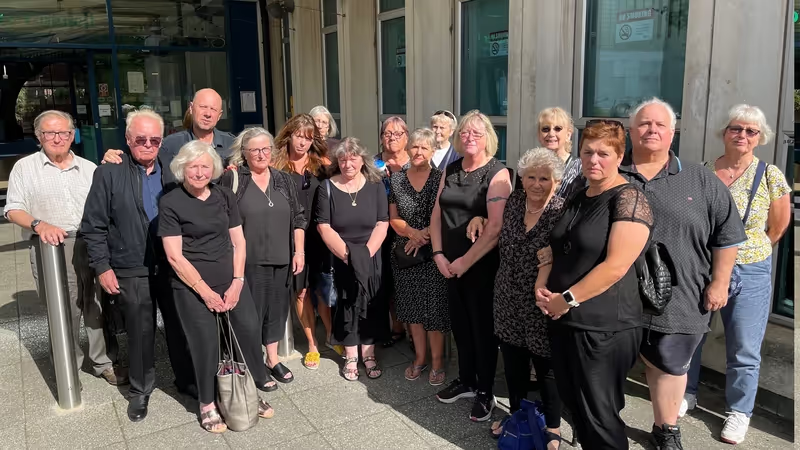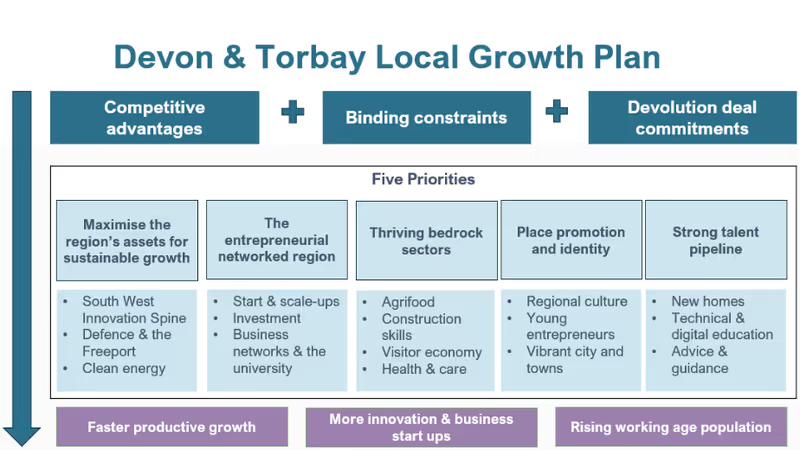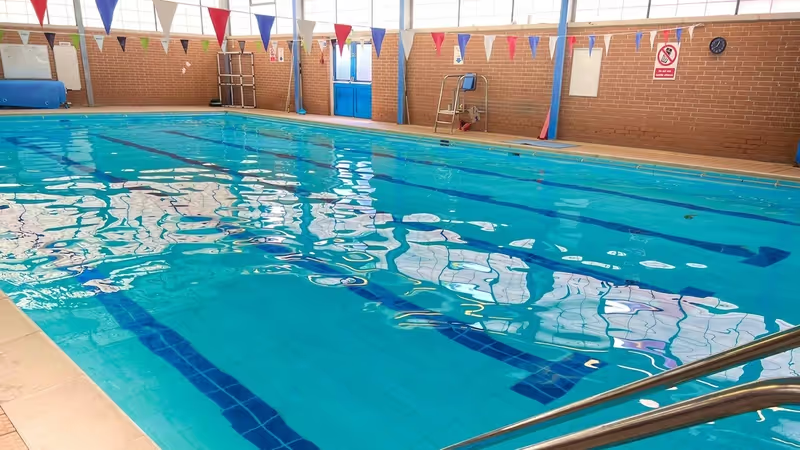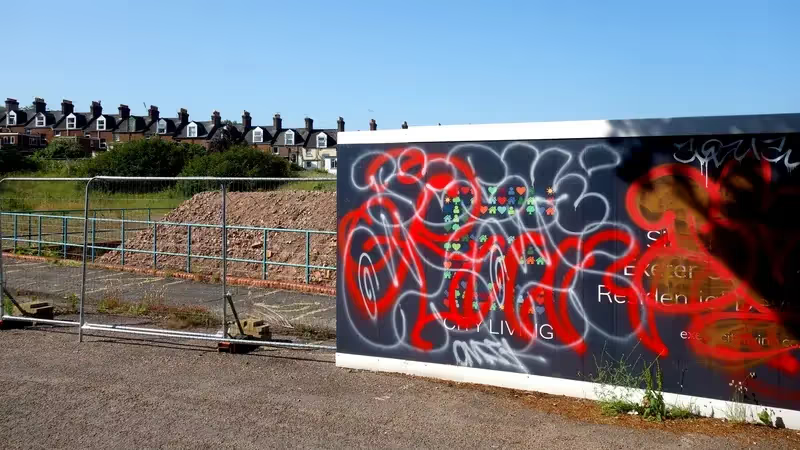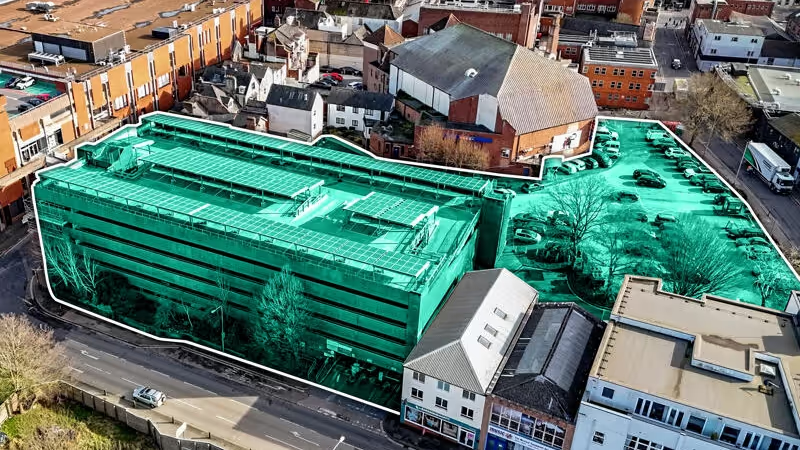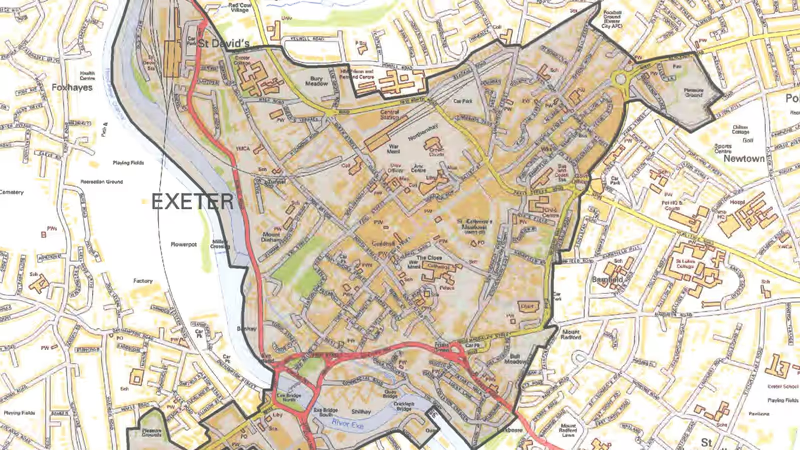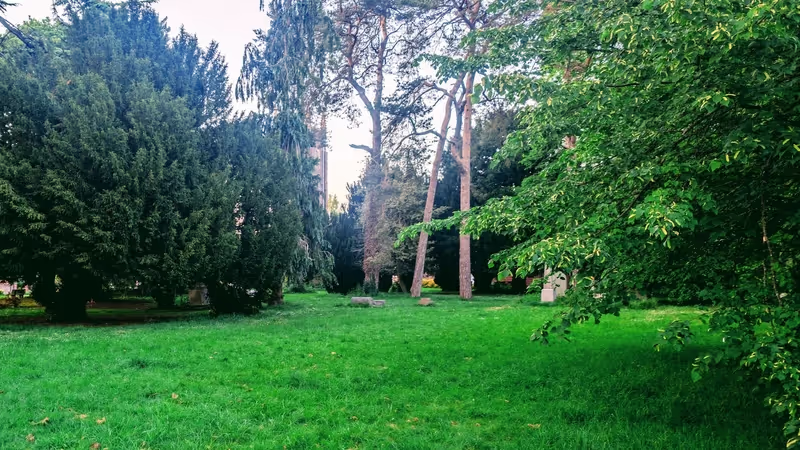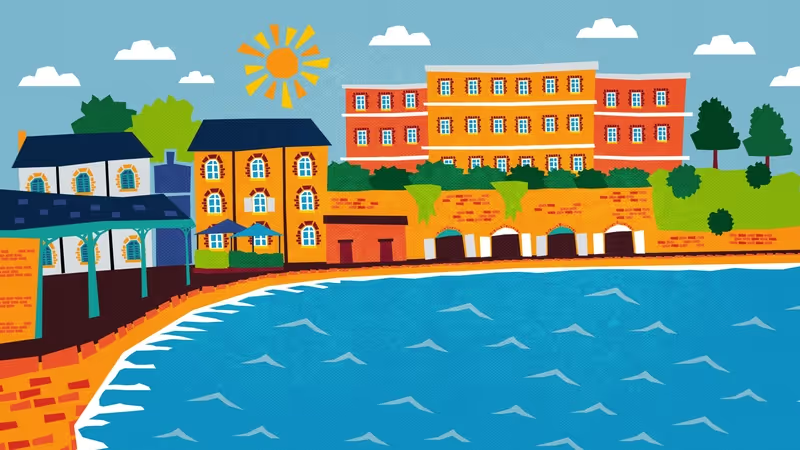Devon County Council allocated 87% of its total transport infrastructure expenditure to motor vehicle infrastructure in 2021-22 while only 3% went to walking and 4% to cycling.
Figures acquired from the county council under local authority accounts inspection legislation show road spending dominating both its capital and revenue spending across new and existing infrastructure.
New walking infrastructure constituted only 1% of total capital transport infrastructure expenditure allocations in 2021-22, and new cycling infrastructure less than 2.5% of the total.
Combined, less than £3.5 million of county council capital transport expenditure was allocated to new active travel infrastructure, with slightly less than the same amount again to its maintenance.
The largest single project in Exeter among these allocations is the £230,000 pedestrian and cycle bridge due to be built across the A379 to facilitate the controversial South West Exeter extension.
Motor vehicle infrastructure, in contrast, received nearly three quarters of county council new transport infrastructure capital expenditure allocations and more than 94% of transport maintenance expenditure.
Roads received nearly £87 million of a total of just over £100 million allocated to capital infrastructure spending, with Marsh Barton railway station receiving another £7 million.
The county council allocated more money to resurfacing a section of the A380 than it did to maintaining all the county’s walking and cycling infrastructure combined.
County council revenue spending on new transport infrastructure, which is much lower than capital expenditure on new transport infrastructure, was £650,000 for the same year.
£263,000 (40%) of this was spent on motor vehicle infrastructure, another £89,000 on e-bikes and charging points and £78,000 on the Queen Street footway widening that the county council now plans to remove.
Although this is primarily a pedestrian scheme, the county council allocated it to cycling infrastructure spending in its accounts. It did the same with the long-overdue Exeter Local Cycling and Walking Infrastructure Plan on which £34,000 was spent in 2021-22.
Devon County Council doesn’t normally distinguish between expenditure on walking, cycling, rail and motor vehicle infrastructure in its transport finance records, restricting cost/benefit analysis of active travel interventions to ad hoc piecemeal calculations.
While it was able to break down its capital expenditure allocations for transport infrastructure into different travel modes when questioned under accounts inspection legislation, it was unable to do the same for its £24 million 2021-22 revenue spending on transport infrastructure maintenance.
Active Travel England guidance says that, unless more detailed information is held, local transport authorities should “assume 9% of highways maintenance is for cycling and walking which is the average percentage assumed by the department”.
Doing so would mean that just over £2 million of this money went to active travel infrastructure maintenance while nearly £22 million went on motor vehicle infrastructure.
Combining these capital and revenue expenditure figures shows that, overall, the county council allocated just over £4 million of its total 2021-22 transport infrastructure expenditure to walking, just over £5 million to cycling and nearly £109 million to motor vehicles – 87% of the total.
There is little sign of the county council changing course on transport infrastructure spending in the coming years. Its transport capital programme for 2022-24 continues to allocate most of its capital expenditure on new transport infrastructure to roads.
Its proposals show £122 million going to road schemes, £12 million to public transport and just £7 million to active travel. The schemes are slightly overprogrammed to allow for delivery timetable slippage: the county council intends to spend around £140 million in total during this period.
It says that its transport capital programme supports “transport’s contribution towards addressing the climate emergency, with a range of sustainable transport schemes included” and that active travel or public transport schemes “represent 50% of the LTP ITB allocation for 2022-23”.
However the Integrated Transport Block settlement the county council will receive towards delivery of its Local Transport Plan is worth just £3.628 million this year.
The rest of the money, of which nowhere near half will be spent on active travel or public transport schemes, comes from a wide range of other sources.
The county council also says that its transport capital programme “seeks to prioritise active and sustainable travel investment across the county, whilst also supporting economic growth through the delivery of major schemes”.
It gives its oxymoronic programme the maximum possible scores on actions such as encouraging “sustainable lifestyles” as part of its response to the climate emergency and giving “people greater opportunities for walking and cycling to increase their physical activity” as a health and wellbeing improvement strategy.
It is not clear how the programme’s road schemes, which it describes as “multi-modal/highway improvements” and which comprise 86% of its planned capital expenditure, deliver the active or sustainable travel benefits the county council claims.
Of the £204.3 million transport capital funding it identifies as “successfully secured and currently in use”, which includes £60 million for the A361 North Devon link road, £38 million for the A382 Drumbridges to Newton Abbot road and £25 million to be spent on roads at Cullompton, Tiverton and Dawlish, just £2.4 million is for new active travel schemes.
